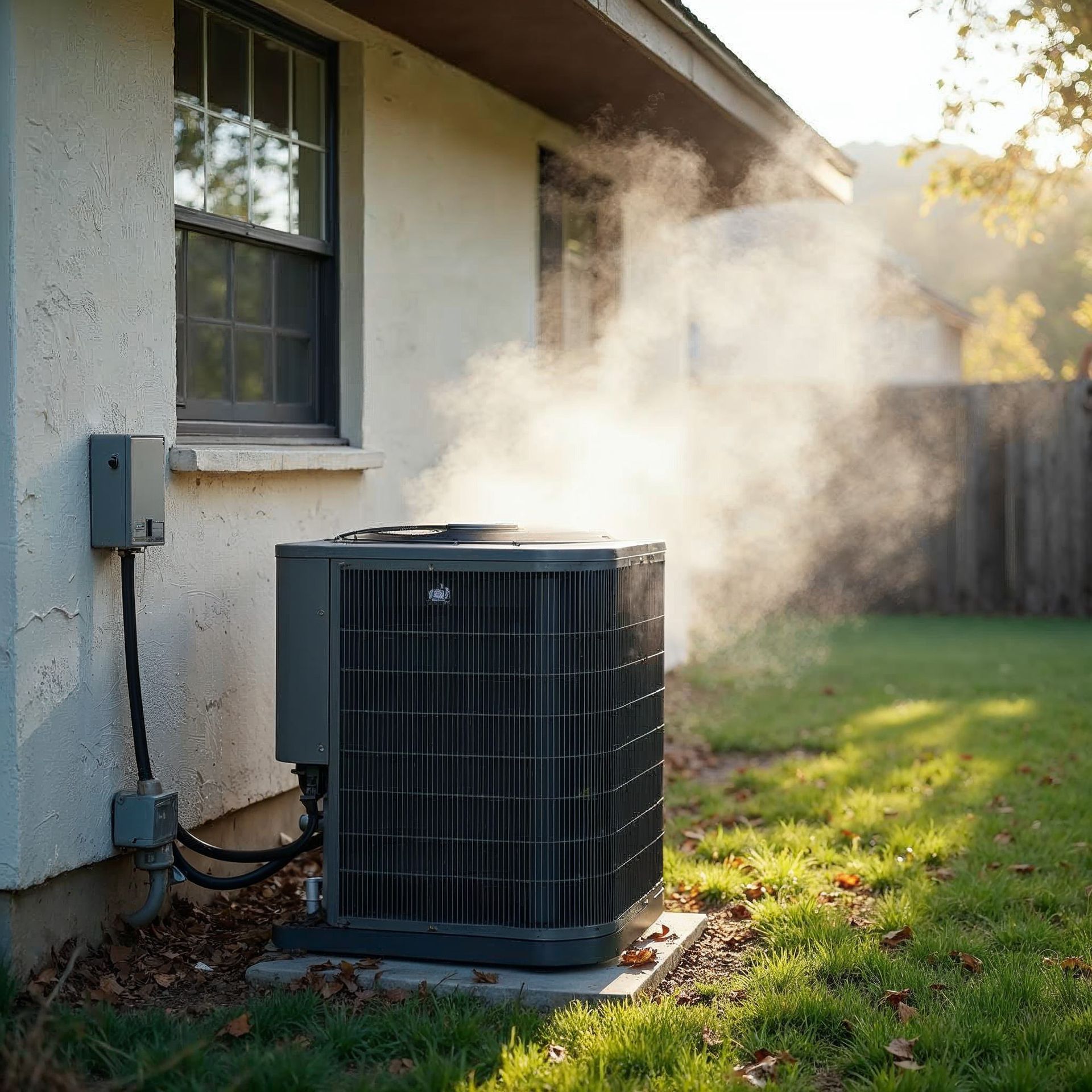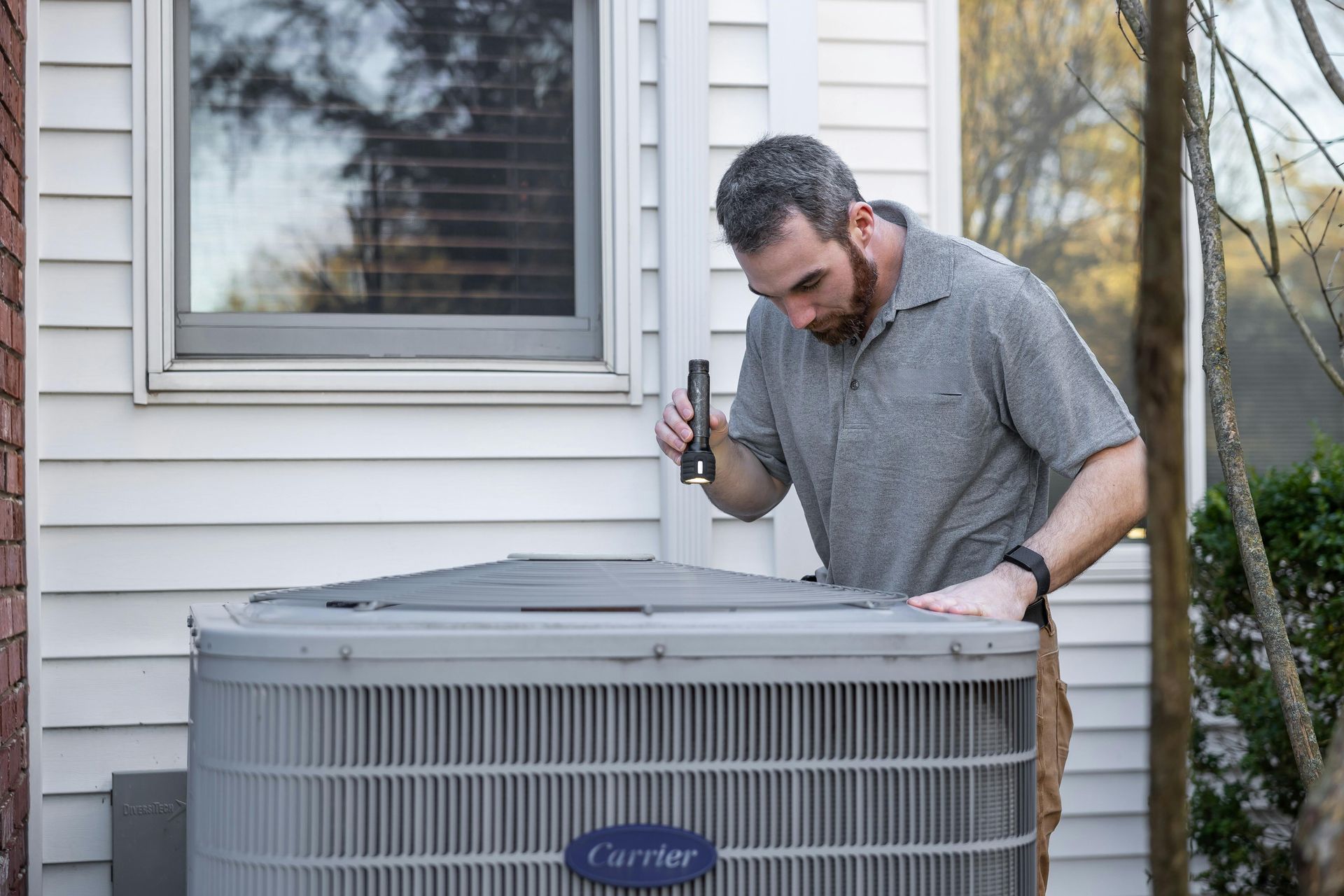How Dust Storms Affect Your HVAC System: Maintenance Tips & Solutions
Introduction: Dust Storms and HVAC Systems – What You Need to Know
If you live in a region prone to dust storms, your HVAC system could be at risk. Dust storms affect HVAC systems in several damaging ways—from clogged air filters to reduced system efficiency. In this article, we’ll explain the impact of dust storms on HVAC performance and provide actionable tips for HVAC maintenance during and after a dust storm.
1. Dust Storms Clog HVAC Filters Fast
One of the most immediate effects of a dust storm on your HVAC system is the rapid clogging of air filters. When filters are overloaded with dust and debris, your system works harder to push air through, leading to:
- Reduced airflow and cooling capacity
- Higher energy consumption
- Increased wear on HVAC components
2. Outdoor HVAC Units Are Vulnerable
Your HVAC condenser unit is particularly exposed during a dust storm. Fine particles can coat the condenser coils, block airflow, and cause your system to overheat or fail prematurely.
Maintenance Tip: Schedule HVAC coil cleaning and protect your unit with a breathable cover when dust storms are expected. Never run the system with the cover on.
3. Poor Indoor Air Quality After a Dust Storm
Dust doesn’t stay outside. It can infiltrate your ductwork and circulate through your home, leading to allergies, asthma, and other respiratory issues.
Prevention Strategy: Use a whole-house air purifier or upgrade to a media air filter system. Professional duct cleaning can also remove built-up dust from past storms.
4. Increased HVAC Wear and Tear
Running an HVAC system with clogged filters and dirty coils puts unnecessary strain on internal components like fans, motors, and compressors. Over time, this leads to more frequent breakdowns and a shorter system lifespan.
Preventive Action: Schedule biannual HVAC maintenance with a licensed technician, especially if you’ve recently experienced a severe dust storm.
5. Thermostat Performance Can Be Affected
When dust interferes with airflow and system performance, your thermostat might detect inaccurate temperatures. This causes longer cycles, higher energy bills, and uneven home cooling or heating.
Solution: Calibrate your thermostat regularly and ensure it’s installed in a clean, central location away from vents and windows.
Conclusion: Protecting Your HVAC System from Dust Storm Damage
Dust storms and HVAC systems don’t mix. Without proactive maintenance, dust buildup can lead to reduced efficiency, poor indoor air quality, and costly repairs. Stay ahead of the storm by upgrading your filters, scheduling regular HVAC service, and protecting outdoor units.


